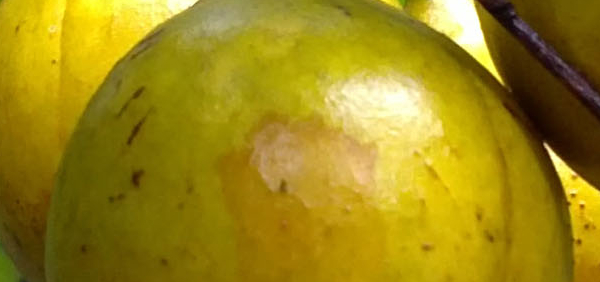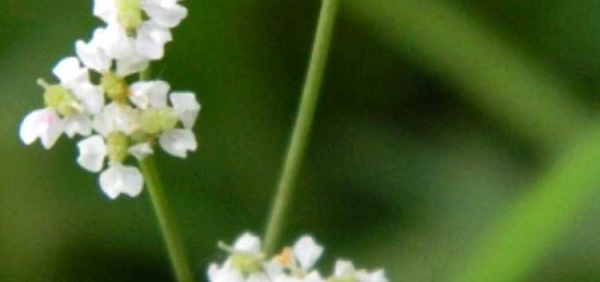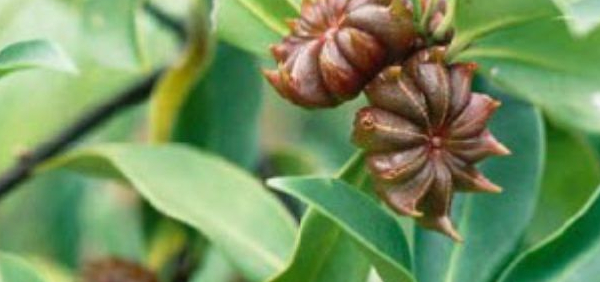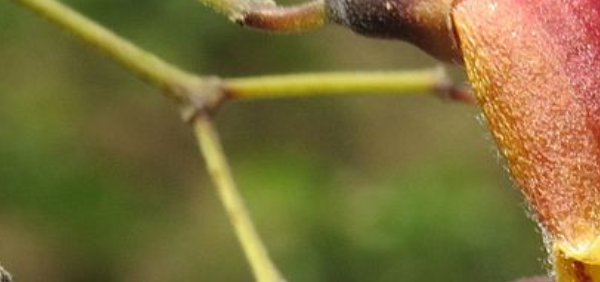ashvamantaka :

Cultivation:
A plant of fairly dry areas in the tropics and subtropics. Plants can withstand light frostSucceeds in full sun or light shade[]. Prefers a fertile, well-drained but moisture-retentive soil Established plans are somewhat drought tolerant
Young plants are fast-growing, able to increase in height by up yo 90cm a year.
Plants flower in their second year and are usually very floriferous, bearing flowers during most months of the year in tropical areas.
Flowering can be stimulated by pruning the plants once a year during the dormant season.
When planting in dry areas, it is advisable to obtain seeds from plants growing in dry areas.
Although many species within the family Fabaceae have a symbiotic relationship with soil bacteria, this species is said to be devoid of such a relationship and therefore does not fix atmospheric nitrogen
Propogation:
seedHarvesting:
Trees flower in their 2nd year and are usually very floriferous, bearing flowers during most months of the year. In southern Africa, flowering can be observed from December to March; young fruits appear in January and mature in June or later.- » Classification and names of ashvamantaka
- » Synonyms and definitions of ashvamantaka
- » Drug Properties of ashvamantaka
- » Chemical Constituents of ashvamantaka
- » Standardization of ashvamantaka
- » Parts used and Dosage of ashvamantaka
- » Morphology and Histology of ashvamantaka
- » Distribution and Conservation of ashvamantaka
- » Cultivation of ashvamantaka
- » ashvamantaka in the market
- » Medicinal Uses of ashvamantaka
- » Researches and clinical trails of ashvamantaka
- » ashvamantaka in other sytems of medicine
- » Ayurvedic formulations with ashvamantaka
- » Images of ashvamantaka













